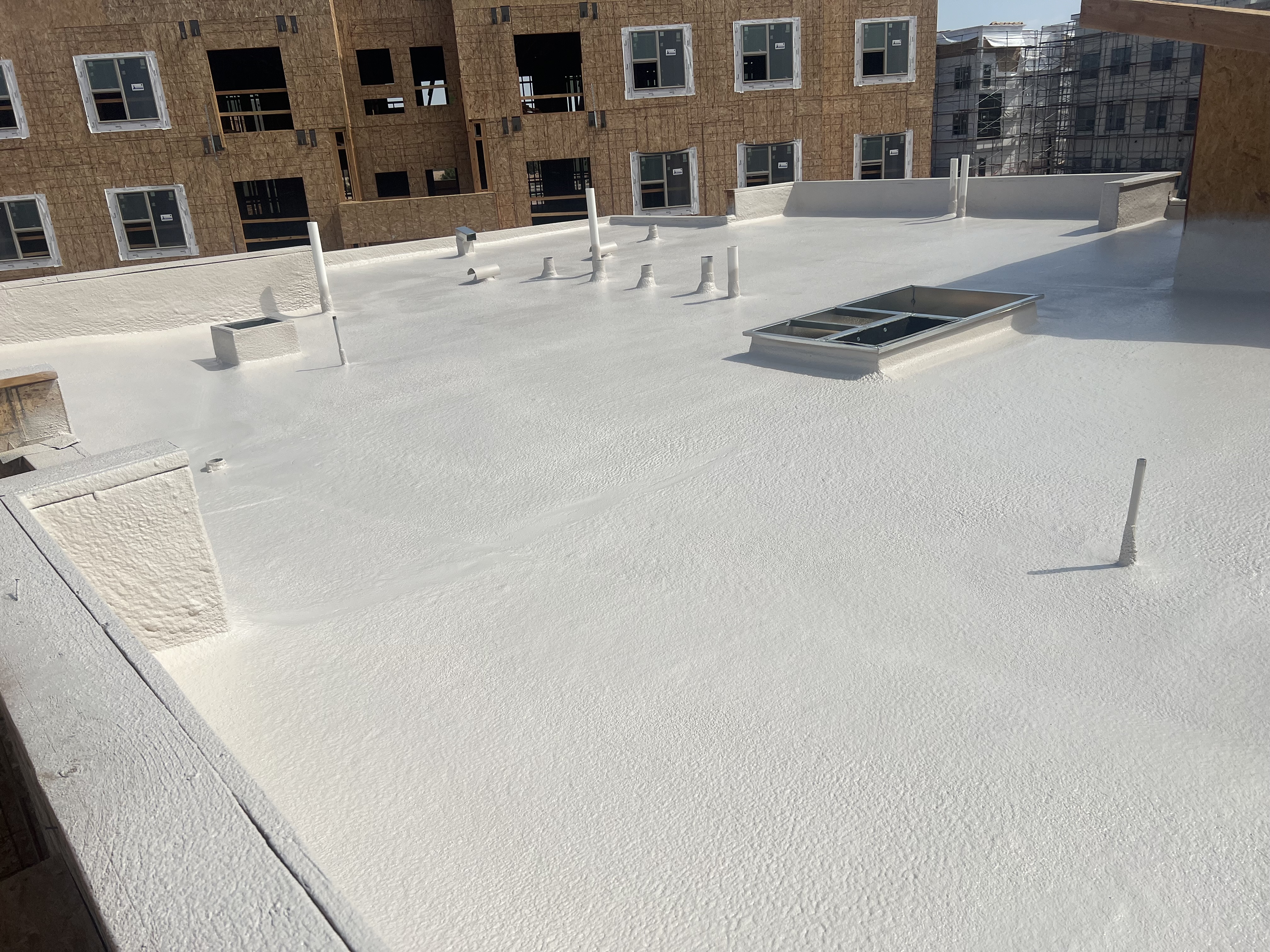
Understanding Roof Ventilation Systems: Why Proper Airflow Matters Sep 22, 2025
Proper roof ventilation is more than just about the shingles or the visual appeal of your roof. It's all about maintaining an optimal balance of air intake and outflow. A well-ventilated attic provides an attic space that helps regulate temperature and moisture levels throughout the year. This regulation can prevent severe home issues, such as mold growth, structural damage, and premature roof aging.
The first step in understanding roof ventilation is knowing the components involved. Generally, a roof ventilation system features intake vents and exhaust vents. Intake vents, usually situated at the soffits, allow fresh air into the attic. Exhaust vents, located near the roof ridge, expel heat and moisture from the attic.
One primary reason roof ventilation is critical is energy efficiency. In the sweltering summer months, trapped hot air in an attic can significantly increase the burden on cooling systems, leading to higher energy bills. Proper airflow reduces the reliance on air conditioning by allowing hot air to escape, thereby keeping the home cooler.
In the winter, ventilation plays a different yet equally important role. Warm air from the house rises to the attic and can cause melting of the snow on the roof, leading to ice dams when the melted snow refreezes at the roof edge. These ice dams can cause water backup and seepage under shingles, leading to leaks and potential water damage. A properly ventilated roof helps maintain a cold attic, reducing roof snow melt and the risks associated with ice dams.
Another critical aspect of roof ventilation is moisture control. Without adequate ventilation, condensation can accumulate, leading to mold and mildew growth, which can compromise the structural integrity of the home. Ensuring that moisture-laden air in the attic is adequately expelled avoids damage to the wood frame and insulation.
When evaluating your roof ventilation needs, consider the size, design, and location of your home. A well-planned ventilation system varies from one home to another based on these factors. At Sam's Quality Roofing, we provide personalized roofing assessments to tailor the best ventilation solution suited to your home’s specific needs.
Selecting the right type of vents, such as continuous ridge vents, wind turbines, or box vents, is crucial. Each type has its unique benefits and ideal applications. For example, ridge vents provide excellent exhaust capabilities and offer a uniform look across the roofline, while turbine vents can be effective in areas with consistent winds.
Ultimately, the investment in a qualified and experienced roofing service, like Sam’s Quality Roofing, ensures that your roof ventilation system is optimal and efficient. Our team is dedicated to delivering top-tier roofing services, ensuring our customers have the knowledge and support needed to maintain their roofs for years to come.
In conclusion, understanding the importance of proper roof ventilation can prevent several long-term issues. Whether you're constructing a new roof or evaluating the current state of your attic ventilation, keep in mind the balance between air intake and exhaust as a pillar of home maintenance. Proper roof ventilation not only protects your investment but also improves your daily home environment, providing comfort and peace of mind.
/filters:no_upscale()/media/77f35912-25a1-4454-ada3-38cf28bfa204.jpeg)
/filters:no_upscale()/filters:format(webp)/media/99be7065-071b-4b54-a125-bf4ecf5c4c1e.jpeg)